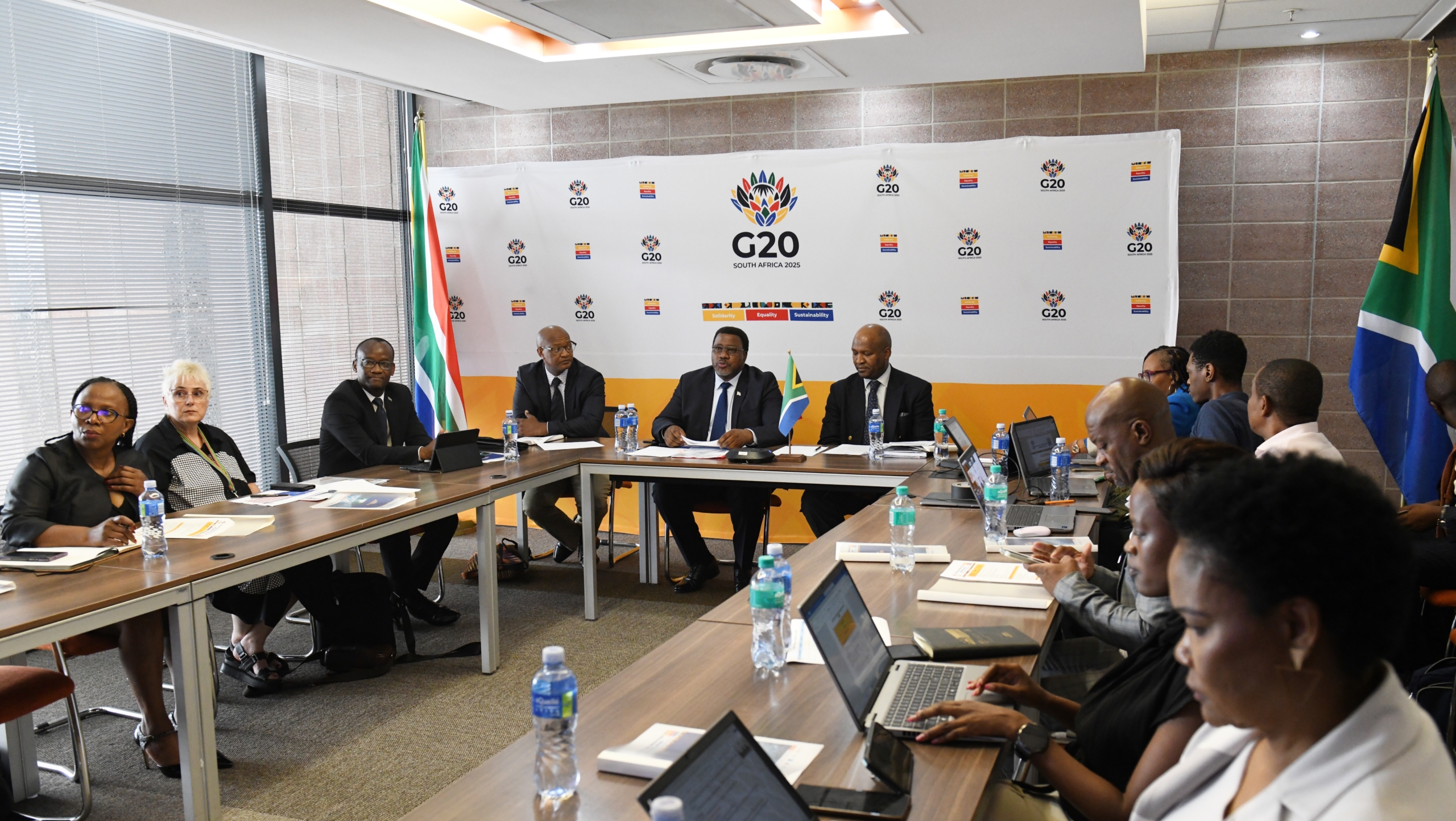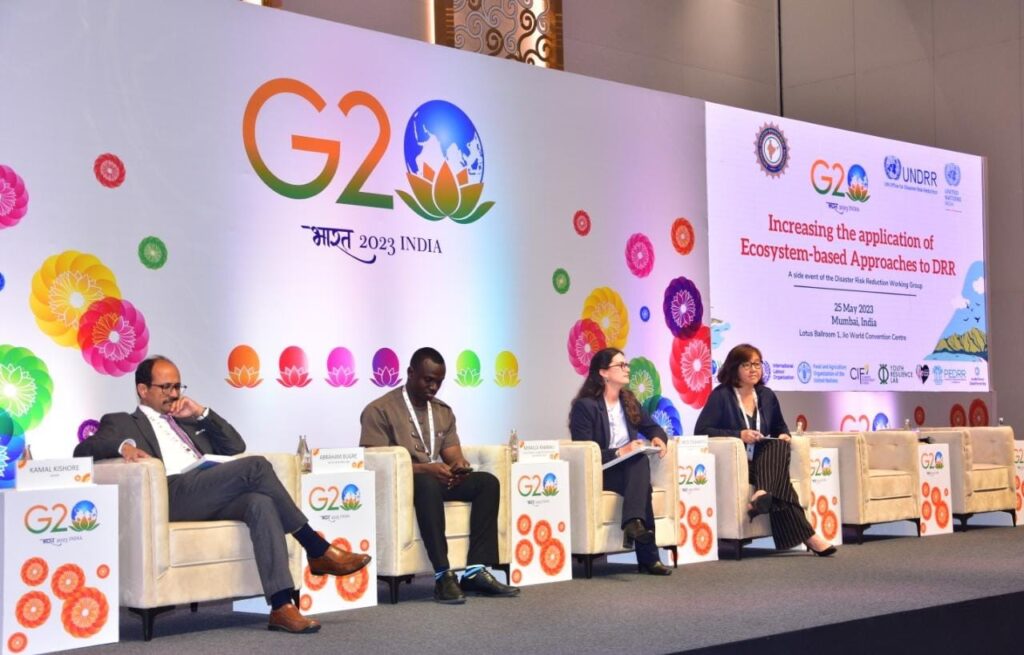In a powerful showcase of India’s global leadership in disaster preparedness, Prime Minister Narendra Modi’s Principal Secretary, Dr. P.K. Mishra, revealed that India’s Early Warning System has issued more than 109 billion alerts, saving countless lives and transforming the nation’s response to natural disasters.
Speaking at the G20 Ministerial Meeting on Disaster Risk Reduction (DRR), Dr. Mishra highlighted how India has built one of the world’s most sophisticated early warning networks — integrating meteorology, hydrology, seismology, and oceanography under a unified national framework.
India’s Multi-Agency Framework: A Model for the World
Dr. Mishra explained how India’s multi-agency system ensures real-time data exchange and quick dissemination of alerts to communities. The collaboration between agencies like the India Meteorological Department (IMD), Central Water Commission (CWC), National Disaster Management Authority (NDMA), and INCOIS has turned India into a global model for climate resilience.
This network not only predicts weather and natural hazards but also delivers actionable intelligence to state and district administrations — enabling rapid evacuation and response.
“Early Warning Is Not a Luxury, It’s a Lifeline”
Dr. Mishra described early warning systems as “lifelines for human safety and sustainability,” not mere luxuries. He urged G20 nations to invest in interoperable regional platforms, shared data protocols, and capacity-building programs.
“Disasters do not respect borders,” he noted. “Our preparedness must also transcend boundaries.”
Inclusive and People-Centric Vision
India’s vision for disaster management, Dr. Mishra said, is inclusive, predictive, and people-centric. Early warnings are issued in multiple Indian languages to ensure last-mile reach and community understanding.
“This is not just about technology — it’s about trust, inclusion, and action,” he said. “Our alerts reach every citizen, from fishermen at sea to farmers in remote villages.”

Financing Resilience: India’s Unique Model
In a session on DRR Financing, Dr. Mishra detailed India’s Finance Commission-based funding model — a constitutional mechanism that ensures rule-based and multi-year disaster financing.
Through the National Disaster Risk Index, funds are allocated based on vulnerability data, ensuring that support reaches the most disaster-prone regions. This evidence-driven system, he said, reflects India’s policy-led and data-backed governance approach.
Global Partnerships for a Safer Future
On the sidelines of the summit, Dr. Mishra held bilateral discussions with leaders from South Africa, Brazil, Australia, and the Netherlands, focusing on disaster financing, data sharing, and technology-based warning systems.
He reiterated India’s willingness to share expertise, transfer technology, and build global capacity to support developing nations vulnerable to climate risks.
India’s Global Commitment
Concluding his address, Dr. Mishra emphasized that early warning systems symbolize global responsibility and human solidarity.
“With 109 billion alerts already issued, India stands as proof that proactive governance, innovation, and community participation can save millions of lives,” he said.
As G20 nations align toward a safer, sustainable world, India’s DRR model shines as a blueprint for global cooperation — where technology meets humanity, and resilience becomes a shared mission.


